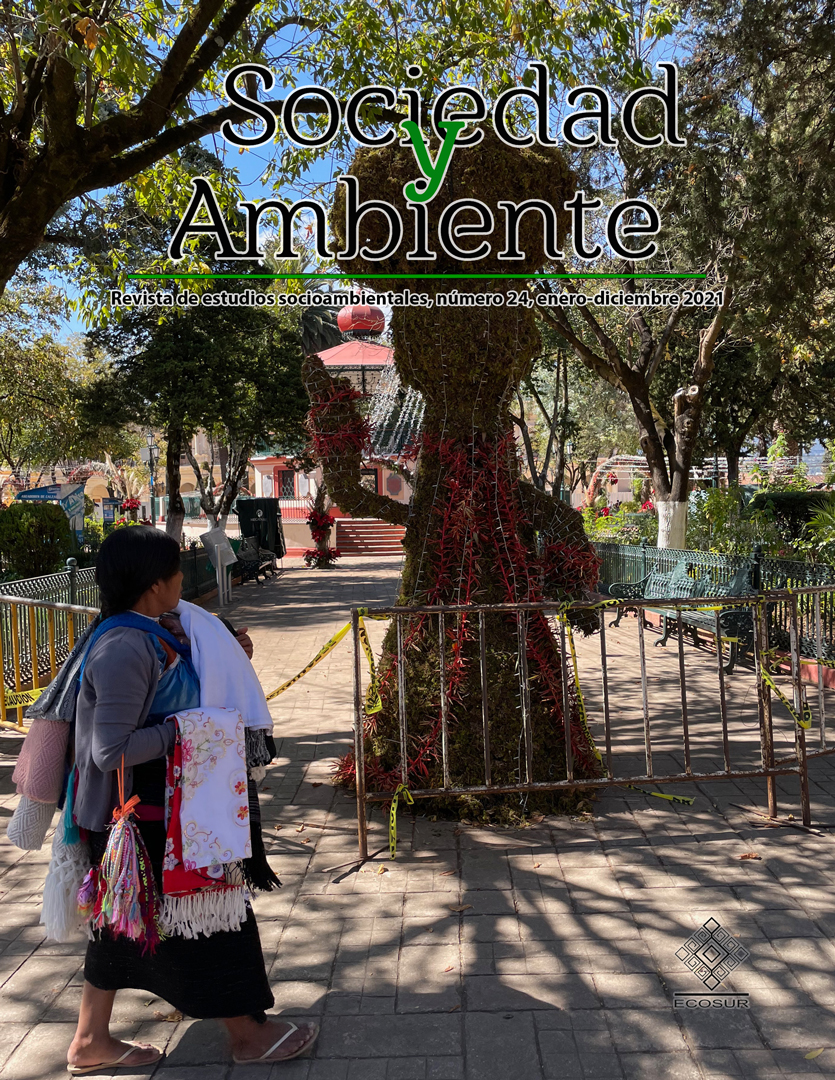Abstract
This text aims to analyze the reconstruction process after the 19S earthquake in the La Conchita neighborhood of the San Gregorio Atlapulco town, mayor of Xochimilco, Mexico City, where at least 40 families lost their homes. This neighborhood is an irregular settlement located on a land of ecological conservation, particularly in an area with a cultural, historical, and agricultural heritage. This condition prevented access to the formal reconstruction policy, which is why it was given from various individual initiatives and civil society. Through qualitative research based on the collection of testimonies from affected families and key actors in the local reconstruction process, it was observed that the conditions of vulnerability and the limited capacity for recovery of the La Conchita population are the product of a history of social marginalization, which is common in irregular settlements, where people excluded from development policies settle. The study made it possible to understand and make visible how the disaster has been experienced in a peripheral and irregular area immersed in a conservation area and what problems this type of settlements excluded from the official policy of post-seismic reconstruction face.

Sociedad y Ambiente by ECOSUR is licensed under a Creative Commons Reconocimiento-NoComercial-SinObraDerivada 2.5 México License


